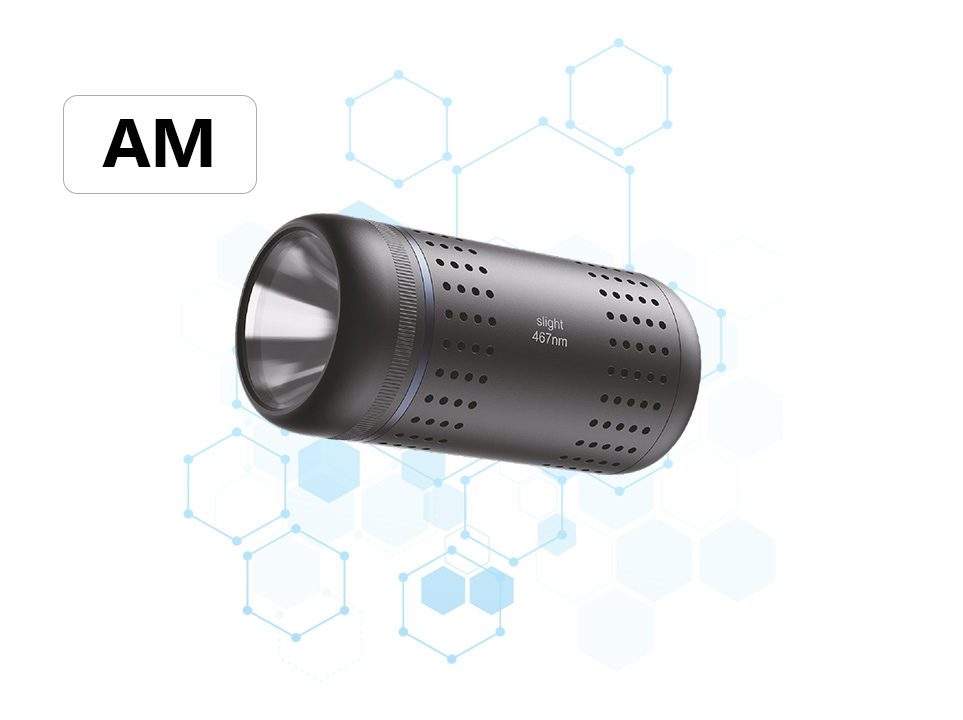Application of microchannel photoreactors in the production of spices
Abstract:
This study explores the innovative application of microchannel photoreactors in the synthesis of spices, presenting a sustainable and efficient alternative to traditional production methods. Microchannel photoreactors, characterized by their small dimensions, high surface-to-volume ratios, and uniform illumination, offer unique advantages for photochemical reactions involved in the creation of aromatic compounds in spices. By leveraging these features, the present work aims to enhance the selectivity, yield, and scalability of spice production processes.
Introduction:
Spices, essential components in global cuisines, contribute to the flavor, aroma, and nutritional value of food. Traditional methods for spice production often involve extraction, distillation, or fermentation, which can be energy-intensive, time-consuming, and challenging to scale up. In recent years, photochemical reactions have emerged as a promising technology for synthesizing aromatic compounds in spices due to their mild reaction conditions and high specificity. However, controlling these reactions at an industrial scale remains a significant challenge.
Microchannel photoreactors, known for their precise temperature and light control, efficient mass and heat transfer, and continuous operation capabilities, present an attractive solution. This study evaluates the feasibility and benefits of employing microchannel photoreactors in the production of spices, focusing on the synthesis of key aromatic compounds.
Materials and Methods:
Reactor Design and Fabrication:
Microchannel photoreactors were designed with dimensions optimized for efficient light absorption and mixing.
Transparent materials such as quartz or glass were used to construct the reactor to allow for uniform UV or visible light illumination.
Flow rates and residence times were adjusted to maximize reaction yields.
Photochemical Reaction Optimization:
Various precursors and catalysts were screened to identify optimal reaction conditions.
Reaction kinetics were studied using UV-Vis spectroscopy and gas chromatography-mass spectrometry (GC-MS) to monitor the formation of target aromatic compounds.
The impact of light intensity, wavelength, and reactor geometry on product selectivity and yield was investigated.
Scale-Up and Process Integration:
Modular reactor designs were developed to facilitate easy scaling up.
Process integration strategies, including inline extraction and purification, were explored to enhance overall process efficiency.
Results:
Enhanced Reaction Yields and Selectivity:
Microchannel photoreactors demonstrated significantly higher yields and selectivities for the synthesis of key aromatic compounds in spices compared to batch reactors.
Precise control over reaction conditions led to minimized side product formation.
Improved Process Efficiency:
Continuous operation and efficient heat and mass transfer in microchannels reduced reaction times and energy consumption.
Inline extraction and purification steps simplified downstream processing.
Scalability and Robustness:
Modular reactor designs allowed for seamless scaling up, maintaining high process performance.
The robustness of the microchannel photoreactors was demonstrated through long-term stability tests under industrial operating conditions.
Conclusion:
The application of microchannel photoreactors in the production of spices represents a significant advancement in the field of food technology. By leveraging the unique features of these reactors, this study has demonstrated enhanced reaction yields, selectivity, and process efficiency for the synthesis of aromatic compounds in spices. The scalability and robustness of the proposed system make it a promising candidate for industrial implementation, offering a sustainable and efficient alternative to traditional spice production methods.
Keywords: Microchannel photoreactors, spice production, photochemical reactions, aromatic compounds, process efficiency.





